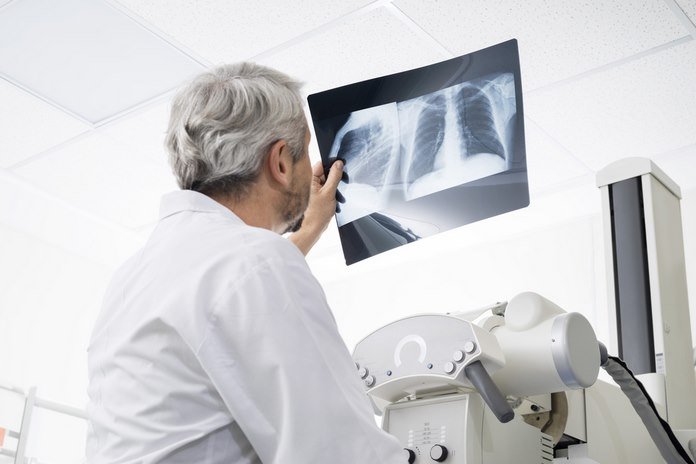Lung Cancer Diagnosis
Health care professionals utilize several methods and tests to diagnose lung cancer. These diagnostic methods and procedures include:
Physical examination and history: The presence of some suspicious physical signs and symptoms may expose the existence of lung cancer such as smoking, difficulty in breathing, obstruction of the windpipe, and infection. Cyanosis is an abnormal condition in which the color of the skin turns blue due to a lack of oxygen in the blood that shows the presence of chronic lung disease. Similarly, clubbing (changes in nails bed tissues) also specify the presence of lung disease.
Chest X-ray:
This is the first technique used to detect further symptoms of lung cancer after the presence of any suspicious physical symptom. X-ray includes the view of the chest from sides, front, and back. X-ray reveals the doubtful areas and tumors known as hamartomas that represents the presence of cancer.

